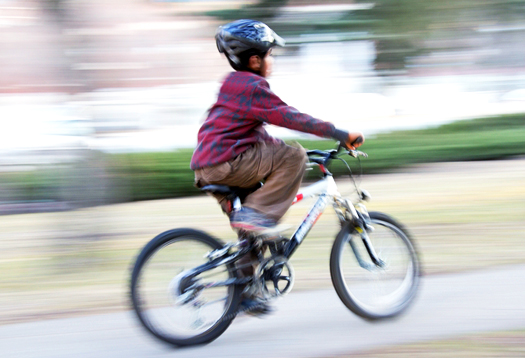A New York Times article by Gretchen Reynolds entitled “How Exercise Fuels the Brain” describes how prolonged exercise significantly lowers the brain’s stores of energy during exercise, but subsequently brings stores of energy to higher levels than they had been before. More interestingly, in studies with rats, sustained and regular exercise results in higher base levels of brain-fuel reserves in the areas of the brain that are critical for learning, memory, and attention (the cortex and hippocampus), leading to improvements in thinking and recall. These studies strongly support the idea that parents of children with learning and attention problems need to encourage exercise in kids with ADHD.
While the types of studies that are done on rats cannot be done on humans at the present time, there are increasing numbers of studies that connect increased learning and attention to exercise. I regularly recommend the book Spark by John Ratey to parents and to older kids who want to understand how they can use exercise to improve their learning. Data from Spark suggests that regular, vigorous exercise improves focus and acquisition of knowledge by children who have learning and attention issues. Many parents who are hesitant about the use of medication for their child with attention problems embrace the use of exercise for ADHD.
Some children struggle to engage in a regular exercise program such as going for a daily run, working out at the gym, or taking up an aerobic sport such as swimming or basketball. For these children, using active video games, sometimes referred to as exergames, may be an incentive to exercise. The key is to make sure that the exergames you choose require vigorous movement, not simply a turn of the wrist or an arm movement. Typically, if you need to use exergames to jump start a program of exercise for ADHD, we recommend that it be alternated with more traditional activities.
Exercises & Activities for Helping Kids with ADHD Improve Attention
l.) Get an early morning energy boost. Take a walk or a run, swim, or get some kind of exercise before going to school in the morning. Even if this involves only 20 to 30 minutes of movement, this is likely to improve your child’s performance early in the day. Using a treadmill, elliptical, or a yoga video is all that it takes.
2.) Plan a post-school exercise. Encourage children with learning and attention problems to go home after school and engage in measurable, vigorous exercise such as going for a 30-60 minute bike riding or run, walking on a treadmill, lifting weights, or using a vigorous yoga video. Give them a substantial and nutritious snack to refuel the brain and then get to homework.
3.) Embrace active gaming. Play an exergame for 45 minutes before starting a project or homework. The key is to engage vigorously in the exergame to get the child’s heart rate accelerated and to make the necessary brain chemistry changes that will improve learning and attention. Again, have a healthy snack such as a piece of fruit, a glass of milk, cereal, or a granola before doing your homework. Games such as Kinect Adventures River Rush, Wii Sports: Boxing, and Kinect Sports Season II Tennis.
4.) Get outside whenever possible. While active games are great tools for getting children off their feet and, in turn, improving their attention and learning, research data suggests that engaging in physical activity while being outdoors provides an added bonus. Several studies have shown that simply being in nature for an extended period helps individuals with focusing skills, so that if you have a choice, send the kids outside. But if the weather is bad or you’re struggling to get them to push themselves physically, use an exergame to fuel them.




